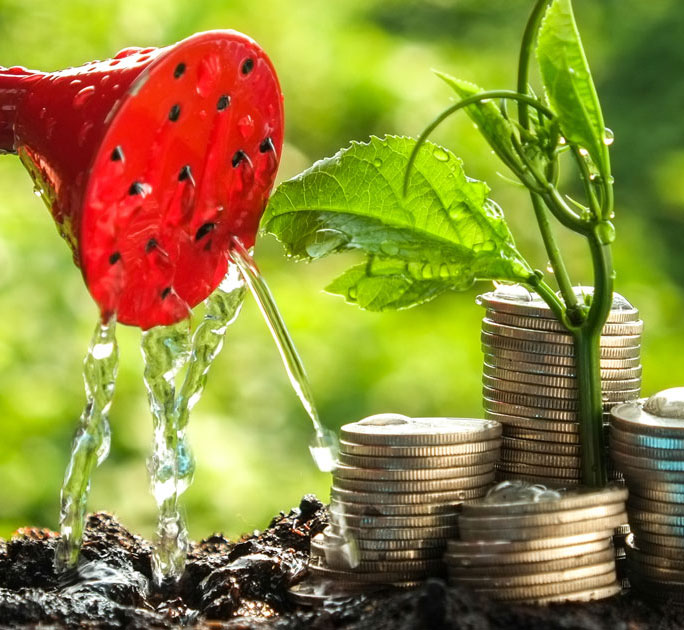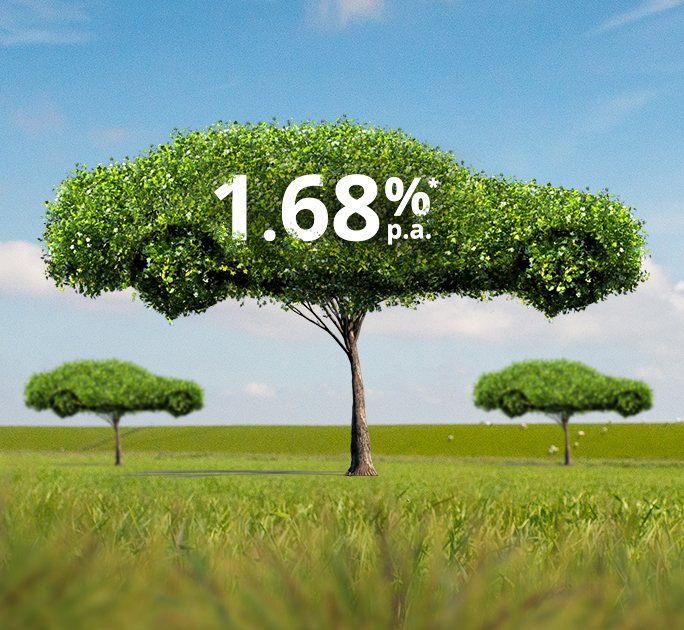Featured
Be in the know of the latest news and promotions or tap on expert insights.

Get the wealth intelligence to invest with the best of human expertise and digital capabilities.
For Accredited Investors with investible assets of S$350,000.

Gain the edge with insights, expertise and solutions.
For clients with investible assets of S$1.5 million.

We move you forward with Asia’s safest and best.
For clients with investible assets of S$5 million.
DBS Wealth Feed
Serving up relevant content on investment knowledge.
Quick Access
An overview of major markets and currency exchange rates.
Leadership & Accolades
Get to know the team at DBS Treasures. Learn what drives us, how we’re making a difference, and our impact to the world.















